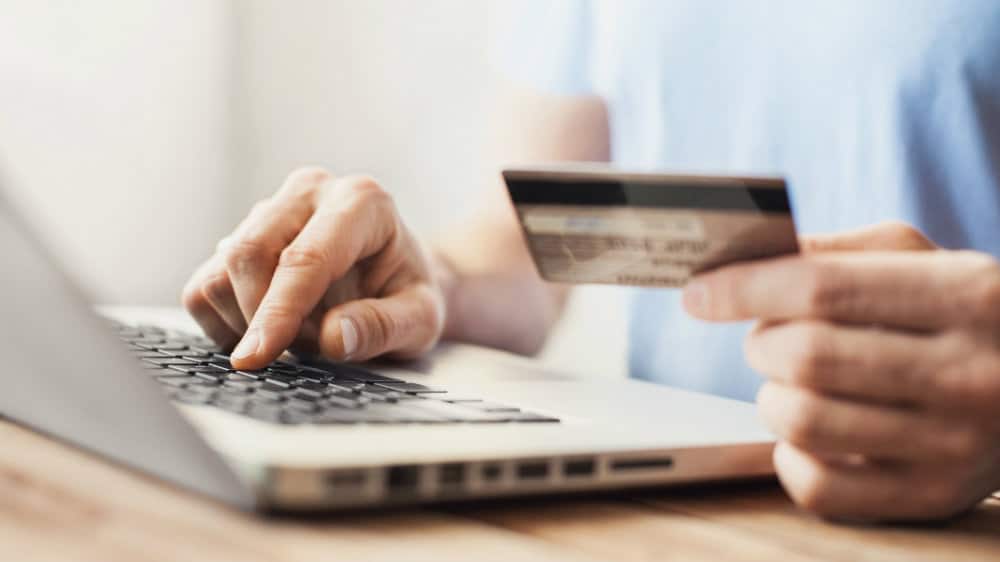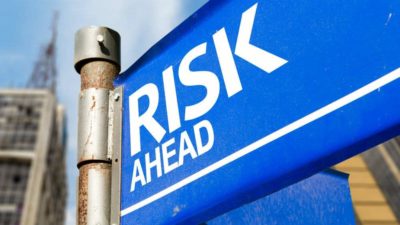On Monday, new rules will be come into play requiring retailers to verify the identity of cardholders making online payments.
The changes mean some cardholders may experience failed online payments unless they take action now. Here’s what you need to know.
[top_pitch]
Should you invest £1,000 in Direct Line right now?
When investing expert Mark Rogers has a stock tip, it can pay to listen. After all, the flagship Motley Fool Share Advisor newsletter he has run for nearly a decade has provided thousands of paying members with top stock recommendations from the UK and US markets. And right now, Mark thinks there are 6 standout stocks that investors should consider buying. Want to see if Direct Line made the list?
What credit card rule changes are coming?
On Monday 14 March, online retailers must verify certain payments that are made with a credit or debit card.
Known as ‘Strong Customer Authentication’ (SCA), the rules place an obligation on retailers to ensure that payments on their websites are made by genuine cardholders. The rules are expected to help combat online payment fraud.
The new SCA rules were due to be implemented in September last year. However, the deadline was extended, giving retailers an extra six months to prepare.
The new verification required is often referred to as ‘two-factor authentication.’ Under this system, when you make an online payment, you must approve the payment yourself. This may be done by answering a phone call from your bank, entering a code sent from your bank via text message, or by approving a pop-up from your bank’s mobile app
If this sounds familiar, then it’s likely you’ve already had to undergo similar checks when using online banking. The requirement for banks to check online banking transactions, such as transferring money to someone else, came into force two years ago.
In addition, some banks have already implemented this extra step of security for online payments.
Importantly, the changes will only apply to ‘risky’ online payments. There’s no set definition of what a ‘risky’ payment is. However, it’s likely you’ll have to approve a payment if it costs more than £25 or so. You also have more chance of being required to approve a transaction if you’re buying from a retailer you haven’t used before.
[middle_pitch]
Why do credit card users need to take action?
When the FCA announced its plan to introduce rules changes a few years ago, the news was generally welcomed, especially by those concerned about online security. And while this remains the case, there are fears that those who have not provided their bank with updated contact details may soon see online payments declined.
To ensure this doesn’t happen to you, it’s worth logging into your online credit card or bank account to ensure your details are up to date.
You should check your:
- Mobile phone number
- Landline phone number
- Email address
If any of the above details are incorrect – perhaps because you’ve recently moved, changed your mobile phone or opened a new email account – then contact your bank as soon as you can.
How can you protect yourself from credit card fraud?
Sadly, research reveals that 18% of Brits have experienced some type of payment card fraud. While the new rule changes should reduce the number of fraud victims, there are steps you can take to further limit the risk of being targeted.
1. Use strong passwords
Using a strong password is vital to protect your online accounts. Avoid using famous place names, sports teams, memorable dates or anything else that is easily guessable.
2. Don’t respond to unsolicited messages
From unexpected text messages from HMRC informing you of a tax refund to emails about winning a competition you didn’t enter, scammers can be crafty when they have a goal of stealing your personal information. If you get messages you don’t expect, especially ones not specifically addressed to you, it’s best to ignore them.
3. Always head straight to your bank’s website
Due to clever phishing scams, it can be easy to mistakenly enter personal information on a fraudulent website. If you want to access online banking or your credit card account, always go directly to your bank’s website.
For more tips, see our article that explains how to protect yourself from credit card fraud.







